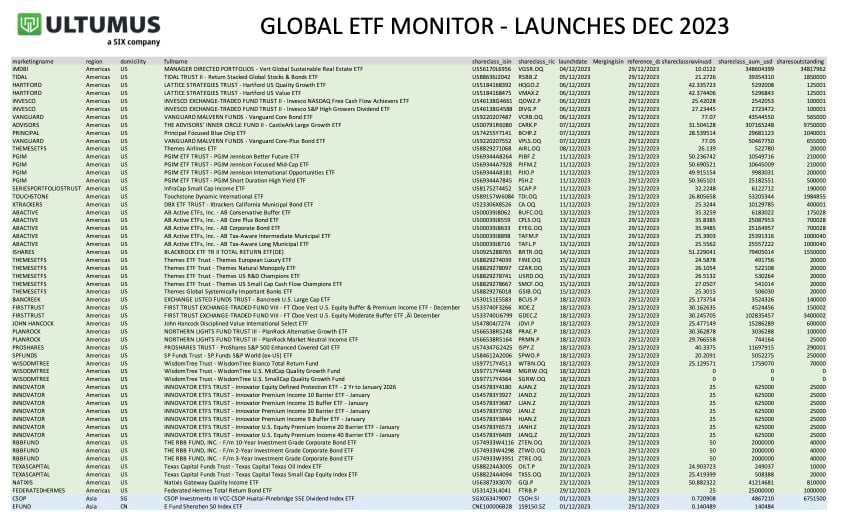SSGA liquidity-based bond ETF
State Street has partnered with bond trading platform MarketAxess to launch a new corporate bond ETF based on liquidity.
The SPDR MarketAxess Investment Grade 400 Corporate Bond ETF (LQIG) tracks the MarketAxess US Investment Grade 400 Corporate Bond Index.
The index picks investment grade US corporate bonds that are more liquid than peers. MarketAxess uses its proprietary data to judge which bonds have the lowest spreads and highest traded value.
Companies’ bonds are screened for the usual things, like par value outstanding, time to maturity and credit ratings. The most liquid 400 bonds get included in the index.
The running yield is 4%, the duration 8.4 years.
The fund has been seeded with $100 million and charges a tiny 0.07% fee.
Bernie’s commentary – nice idea
The potential appeal of a liquidity-based bond ETF is that it will track its index more closely when volatility spikes. When volatility spikes, bond ETFs typically trade on discounts to their net asset values.
This is because corporate bonds trade less than corporate bond ETFs, as they are regulated differently. Under the capital requirements placed on banks after the 2008 financial crisis, banks must put long term cash aside when trading corporate bonds. They do not have to do this for ETFs though. This means that during market meltdowns, ETFs absorb a lot of the selling pressure, as they are easier to trade.
There’s been a lot written about corporate bond ETF discounts and what their significance is. My own view has always been that the ETF is the better price guide for bonds, as the prices you see are tradeable prices. The bond prices you see by contrast are often just made up by NAV calculation agents. As such the discount is partly illusory, I believe.
While I think the bond ETF discount problem is overdone, I still think this ETF is a nice idea. A lot of investors were really annoyed when bond ETFs blew out on discounts during the covid sell off in March 2020. Not only that the fee is tight and with MarketAxess State Street could not have chosen a better partner.




